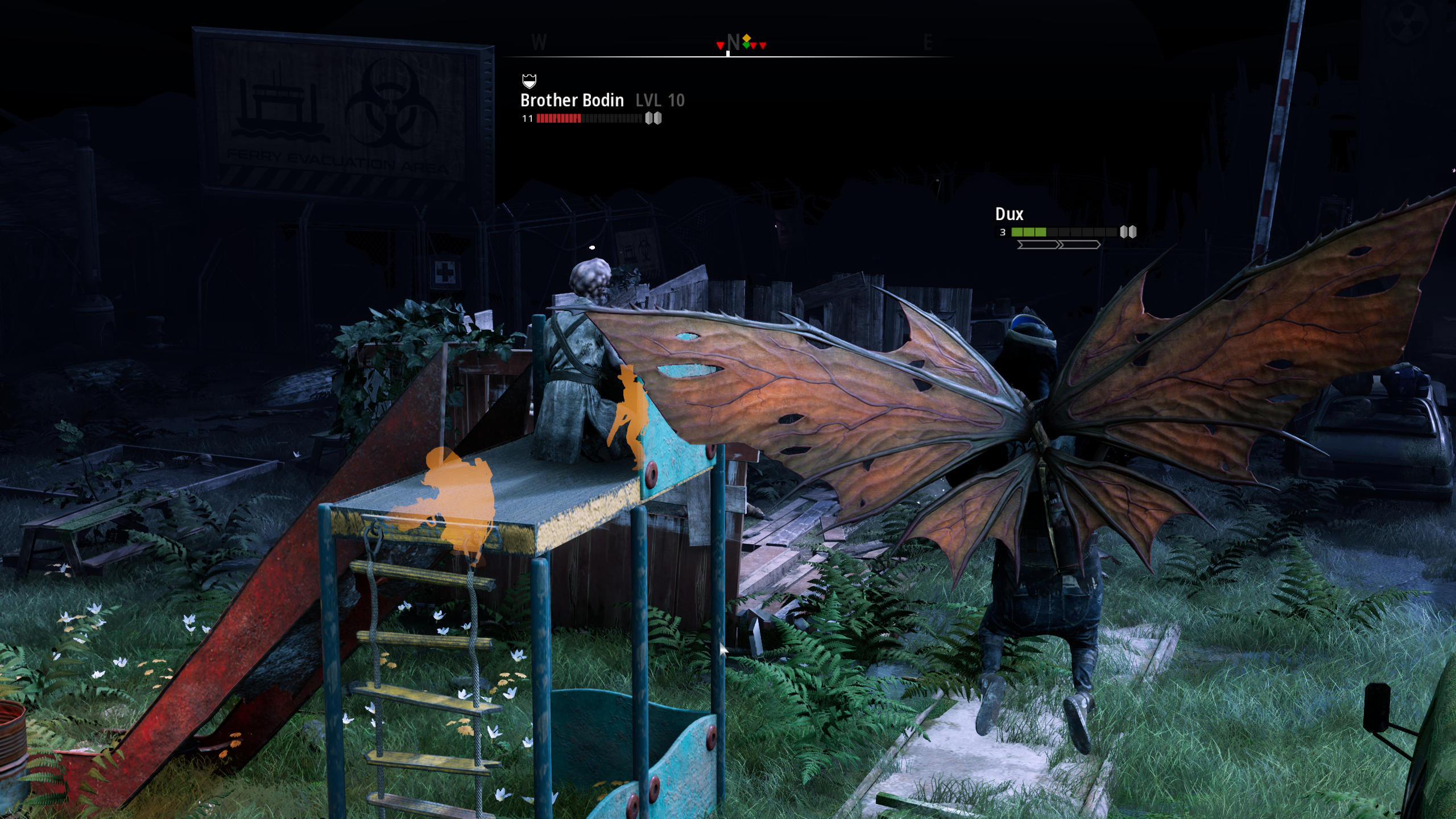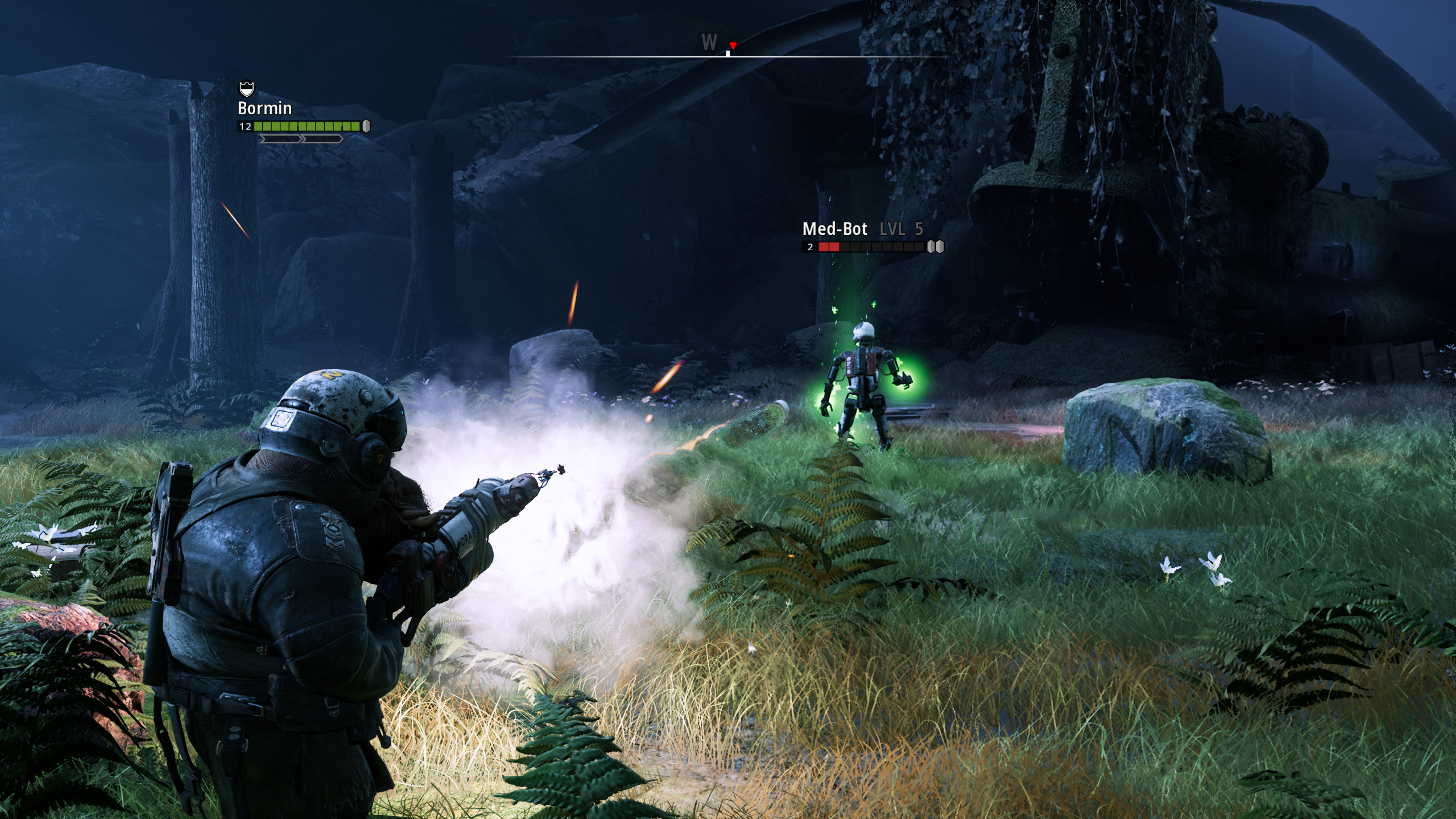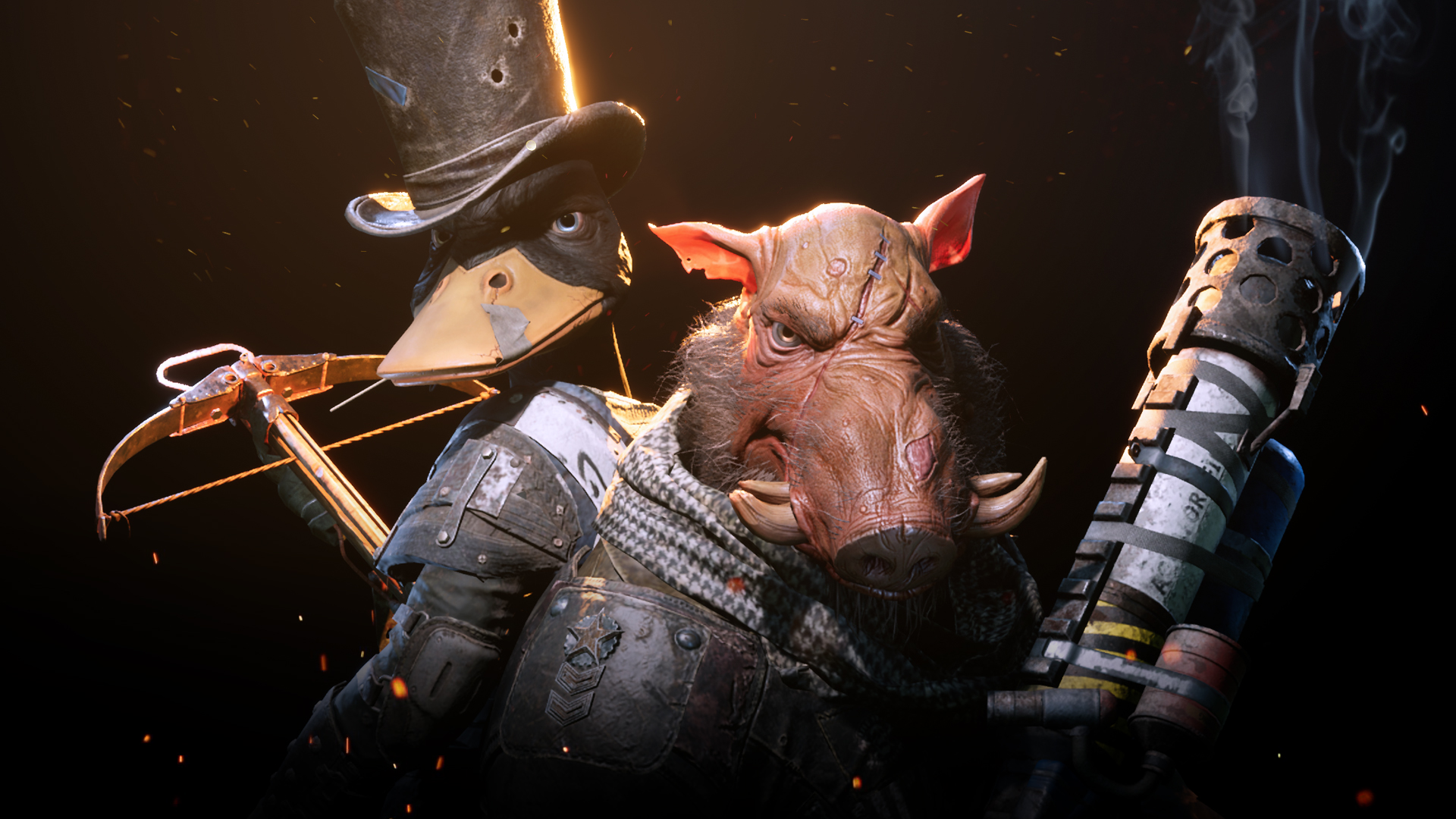Our Verdict
Its mix of tense tactics and realtime exploration gets much right, but Mutant Year Zero doesn’t feel quite finished.
PC Gamer's got your back
What is it? A tactics game in which you play as mutants exploring a post-apocalyptic Sweden
Expect to pay: $35 / £30
Developer: The Bearded Ladies
Publisher: Funcom
Reviewed on: Intel i5-6600K / Nvidia GeForce 1070 / 16gb RAM
Multiplayer: None
Link: Mutant Year Zero
Let’s get it out of the way. Yes, that’s an anthropomorphic pig and a duck, and yes, you can play as a fox, too. Ha! But you’ll forget their inherent ridiculousness as you start to explore Mutant Year Zero’s skeleton-strewn Sweden and face its stern tactics challenge. Very quickly Bormin was simply my gruff stalwart tank, Dux my sharp-eyed, crit-dealing sniper, and Farrow my sneaking shotgunner. God, I love that gang.
Mutant Year Zero has a great blend of sardonic humour, grim detail and cartoon excess, a balance inherited from its venerable pen-and-paper RPG source, Mutant. Or, more specifically, its 2014 update, in which players take the role of mutant Stalkers wandering The Zone years after an environmental catastrophe, plague and a nuclear war has hit.
So yes, let’s get the other thing out of the way: the setting is third-hand STALKER. But again I forgot it as I got to grips with Mutant Year Zero’s meeting of realtime exploration and turn-based strategy. Here’s the idea: the world is divided into lots of discrete but connected areas as you set out to find a member of your settlement, The Ark, who’s gone missing. You’ll encounter enemy encampments, weapon chests, and caches of scrap and weapon parts, which act as currency to buy gear and upgrade your weapons back at the Ark, to which you can quick-travel.

This setup gives the world a coherence that’s lacking in most turn-based strategies, and I also like its persistence: once cleared, areas remain safe. But it also means that between fights you must ponderously run through undergrowth in search of the scrap you’ll need to afford vital medikits and grenades. The environmental detail often repays the time spent exploring, in abandoned campsites and discovering a skeleton propped up at a bar, but I wished movement is faster so I could more quickly get to the tactics meat of the game.
Moth Wings allows Dux and Farrow to sprout wings and take flight for the duration of their shot, giving better lines of fire.
Mutant Year Zero’s key addition to the XCOM format is a new take on stealth. And it makes a huge difference. Combat starts either when you purposefully initiate it or if you blunder into an enemy’s awareness radius, which you can make smaller by crouching. This presents an opportunity to twist the encounter to your advantage by scouting the area to find vantage points, and it gives a fantastic sense of involvement in the ensuing fight, because so much results from the situation you set yourself.
Take one encounter I fought in a city. I found Dux could get into a building and take a position upstairs with a great view of the street, while below Bormin and Farrow acted as bait for raiders who streamed out of their base and into Dux’s rifle sights, each shot bolstered by the accuracy and critical bonuses he got from having a height advantage.
Bormin, meanwhile, used his Stone Skin mutation, or skill, to shrug off incoming damage and Farrow used Sneak to get around the flanks and Silent Assassin to raise her critical chance. Each character’s skill tree pushes it into certain specialisms, and some skills are wonderfully baroque: Moth Wings allows Dux and Farrow to sprout wings and take flight for the duration of their shot, giving better lines of fire, while Selma’s Tree Hugger can root enemies to the spot.

I also found a lot of mileage in ambushing isolated stragglers, using quiet weapons such as the crossbow to take them out before they called for help on their first turn. Well, initially anyway. Tooltips continually remind you how important this strategy is, but against higher level enemies you can’t deal enough silent damage to kill them in a single turn and everyone in the vicinity is alerted.
In fact, Mutant Year Zero too often leans on adding hit points to enemies to raise the stakes. There’s a good number of different types, from molotov-throwing pyros to telekinetic leaders, medi-bots to armoured tanks. Each demands different strategies, but by the mid-game most are introduced and I found the majority of the challenge came in figuring out how to eke more damage out of my weapons. The answer lay mostly in fussy fiddling with add-ons to raise critical limits and give chances of setting raiders on fire and EMP-stunning robots.
And then the game ends. I found the story, such as it is, fulfilling enough. But in the 15 hours it took me to complete on Normal, I’d only just bought a couple of late-game skills and had barely used the other two characters; I wanted a chance to explore them. Coupled with plenty of little launch-period bugs which sometimes made upper floors invisible and could get confused about where I could move my characters to, I felt Mutant Year Zero isn’t quite finished.
I could do an Iron Man permadeath-and-no-saves run and I started a Hard one, but still, it doesn’t fully deliver on its potential. But it’s also very good at addressing things many strategy games falter at, always ensuring you have information to make good decisions and using clear hit rules. While it lasts, Mutant Year Zero is a tense, absorbing and atmospheric new member of the XCOM family. I suppose wanting more of it is a good problem to have.
Its mix of tense tactics and realtime exploration gets much right, but Mutant Year Zero doesn’t feel quite finished.


